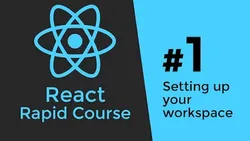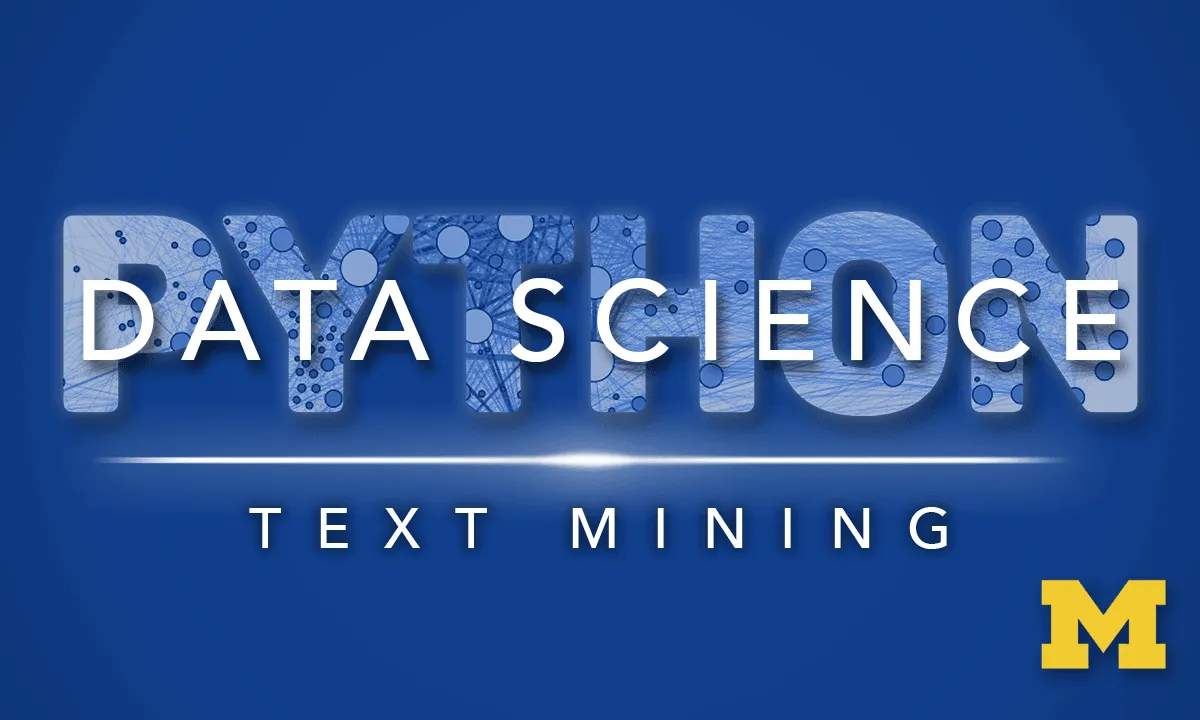
Text Analytics 2: Visualizing Natural Language Processing 
Learn how to make sense of text data with Visualizing Natural Language Processing. Join us and explore the power of text analytics. ▼
ADVERTISEMENT
Course Feature
![]() Cost:
Cost:
Free
![]() Provider:
Provider:
Edx
![]() Certificate:
Certificate:
Paid Certification
![]() Language:
Language:
English
![]() Start Date:
Start Date:
15th Mar, 2022
Course Overview
❗The content presented here is sourced directly from Edx platform. For comprehensive course details, including enrollment information, simply click on the 'Go to class' link on our website.
Updated in [June 30th, 2023]
Text Analytics 2: Visualizing Natural Language Processing is the second course in the Text Analytics with Python professional certificate. It is also available as a stand-alone course. This course provides a practical and scientific introduction to text analytics, teaching students how to visualize and interpret the output of text analytics. Students will learn how to create visualizations such as word clouds, heatmaps, line plots, distribution plots, choropleth maps, and facet grids. They will also learn what it means to understand language computationally, and how deep learning and human beings interact with the meaning that is encoded in language. Students will work through real case-studies using jupyter notebooks and to visualize the results of machine learning in Python using packages like pandas, matplotlib, and seaborn.
[Applications]
The application of this course is to help students understand how to visualize the results of text analytics and machine learning in Python. Students will be able to create visualizations such as word clouds, heatmaps, line plots, distribution plots, choropleth maps, and facet grids. They will also gain an understanding of how artificial intelligence and humans interact with the meaning that is encoded in language. This course will help students gain the skills necessary to interpret and make sense of the data they have collected.
[Career Path]
One job position path recommended to learners of this course is a Text Analytics Visualization Specialist. This role involves creating visualizations to make sense of the results of text analytics. The specialist will use packages such as pandas, matplotlib, and seaborn to create visualizations such as word clouds, heatmaps, line plots, distribution plots, choropleth maps, and facet grids. They will also need to understand the meaning that is encoded in language and how artificial intelligence and humans interact with it.
The development trend for this role is that it is becoming increasingly important as more and more data is stored as text data. Companies are looking for ways to make sense of this data and visualizations are a great way to do this. As a result, the demand for Text Analytics Visualization Specialists is expected to increase in the coming years.
[Education Path]
The recommended educational path for learners of this course is to pursue a degree in Data Science or Artificial Intelligence. This degree will provide learners with the skills and knowledge necessary to understand and apply text analytics and natural language processing.
The degree will cover topics such as data analysis, machine learning, deep learning, natural language processing, and data visualization. Learners will learn how to use Python and other programming languages to analyze and visualize data. They will also learn how to use machine learning algorithms to process and interpret text data.
The development trend of this degree is to focus on the application of data science and artificial intelligence in the real world. Learners will learn how to use data science and AI to solve real-world problems and create innovative solutions. They will also learn how to use data to make decisions and create predictive models. Additionally, they will learn how to use AI to automate processes and create intelligent systems.
Course Provider

Provider Edx's Stats at AZClass
Discussion and Reviews
0.0 (Based on 0 reviews)
Explore Similar Online Courses

Introduction to Mechanical Engineering Design and Manufacturing with Fusion 360

React JS Tutorials

Python for Informatics: Exploring Information

Social Network Analysis

Introduction to Systematic Review and Meta-Analysis

The Analytics Edge

DCO042 - Python For Informatics

Causal Diagrams: Draw Your Assumptions Before Your Conclusions

Whole genome sequencing of bacterial genomes - tools and applications

Applied Text Mining in Python

Text Analytics 1: Introduction to Natural Language Processing


Start your review of Text Analytics 2: Visualizing Natural Language Processing